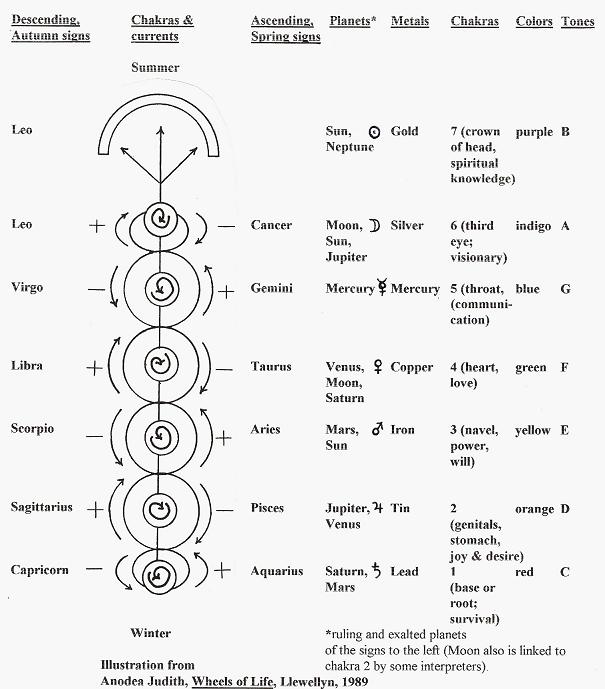
Amy seems to know, unintentionally, what prompts might interest me. Naturally, for this one I think of music.
In this case, these ordinal numbers refer to the first five tones in the scale, with first being known as the tonic, or starting point for a tonal composition, and the fifth is known as the dominant. If a composer in the midst of a tune starts a new scale from the fifth tone, the fifth becomes the new first, and one can do this 12 times, coming back to the tone (s)he started from. That is called the circle of fifths. If you go backwards through the same circle, you go down five tones from the tonic, to the fourth or sub-dominant tone, 12 times. Besides these 3 tones, the third is the most basic, but it can be a either a minor tone or a major tone, the latter being one half tone higher than the former. This helps create the major and minor scales. Tunes in the major key are more cheerful, or more passionate, while those in the minor key are more introspective, serious or dramatic.
Many times, for a good tune you only need the first, third and fifth tones, like Revelie. The theme of the "symphony for the world," Beethoven's Ode to Joy from his Ninth Symphony, uses only the first, second, third, fourth and fifth tones. So does the theme from its first movement. Some of my other favorite hymns or songs start out with a phrase using just these five notes. These include All Creatures of Our God and Simple Gifts. The monumental Prelude in E Flat by J.S. Bach begins by going down the scale from the fifth to the first. One of my favorite rock pieces by The Who called Dr. Jimmy from their opera Quadrophenia starts the other way by going up the scale from the first to the fifth. And I think its composer Pete Townshend might have borrowed a phrase for this song from Wagner (playing tones 1,2,3...3,2,1). The theme music for my radio show by Louis Vierne used the clock tune from the chimes of Big Ben, or Westminster, known all around the world, which uses only four of those five tones: from the third, first, second, down to the fifth. By the way, this is Vierne's Opus 54, number 6.
Back on May the Fourth, 2019, I wrote "Inscrutible Alchemy" for the Band, which included an addendum about the number 54. This was appropriate since it was written on the fourth day of the fifth month. And the numbers in the year 2019 add up to 12. This year it is the fourth day of the fourth month of the year 2021, whose numbers add up to five. Along with the first, the fourth and fifth tones are the most basic to all music. The theme song for my internet broadcast was Silver Droplets, an enchanting ambient electronic piece which is based around the continuous flow of the first, fourth and fifth tones.
The seven basic tones of the diatonic scale are also correlated with the seven Chakras, or the physical and spiritual centers along the backbone from the spinal base to the third eye and crown in our heads. Breathing consciously allows us to contact these seven centers, and that centers and grounds us. This breathing is especially useful to remind us of our heart center, the center of centers called the fourth chakra, which is basically yin or passive in nature, so takes a bit of intention to arouse. But when we are aware of it, it guides us and centers us in our honest, loving and authentic self. Often when a composer sounds a fourth tone through the piece, it touches the heart, This can be heard especially well in Silver Droplets, and in Kevin Kendle's piece Midwinter, whose theme reminds me of Beethoven's Ode to Joy. The fifth chakra, related to the fifth or dominant tone, is where we sing; the throat chakra.
The main phrase used by Buxtehude in his joyous Fugue in F #157 moves through the third, fourth, second, fifth, and first tones, which is also how Beethoven wrapped up the Ninth Symphony, (and was also part of its beginning), leading up to its very last notes, which are the first, second, third, fourth, fifth (repeated) and first tones.
This video ends with lots of applause too! We should all applaud the first, second, third, fourth and fifth, and I am grateful for them. Oh joy!
The Moldau, another favorite of mine based on a theme that rises from the first to the fifth tone, introduced and played on organ by Gert Van Hoef
Beethoven wrote the best symphonies. The Fifth opens with the famous four notes, which are the fifth, fifth, fifth, minor third.... which declares the rhythmic pattern on which the entire symphony is based, and then the finale begins with the first, major third, fifth... and the final chords of the insanely funny extended final coda consist of only first, second, third and fifth notes.
Inscrutible Alchemy (see addendum)
Leonard Bernstein on the harmonic series and the circle of fifths

The Chakras video by Anodea Judith